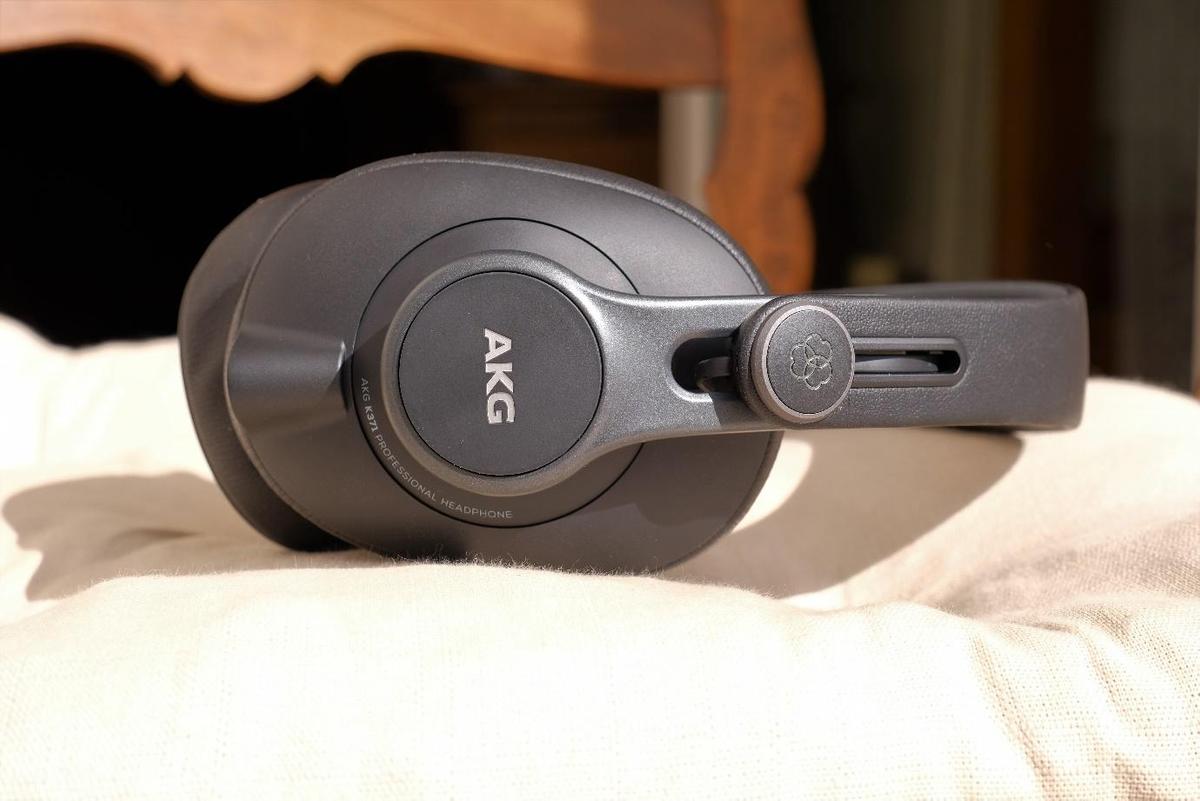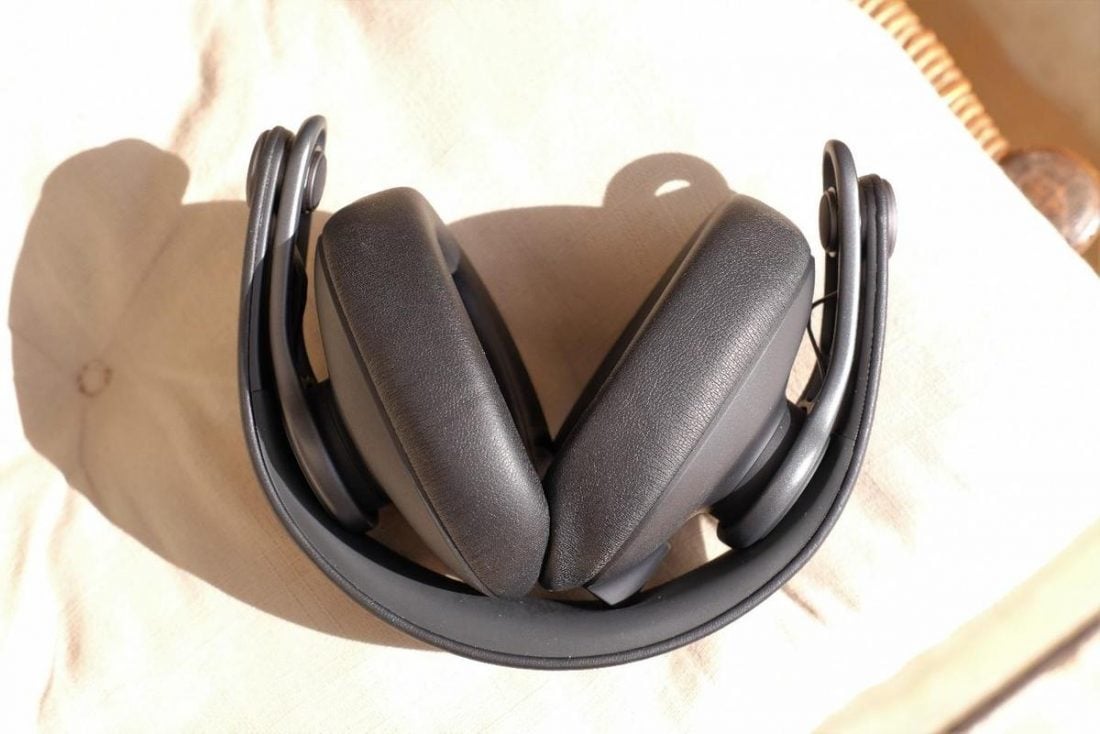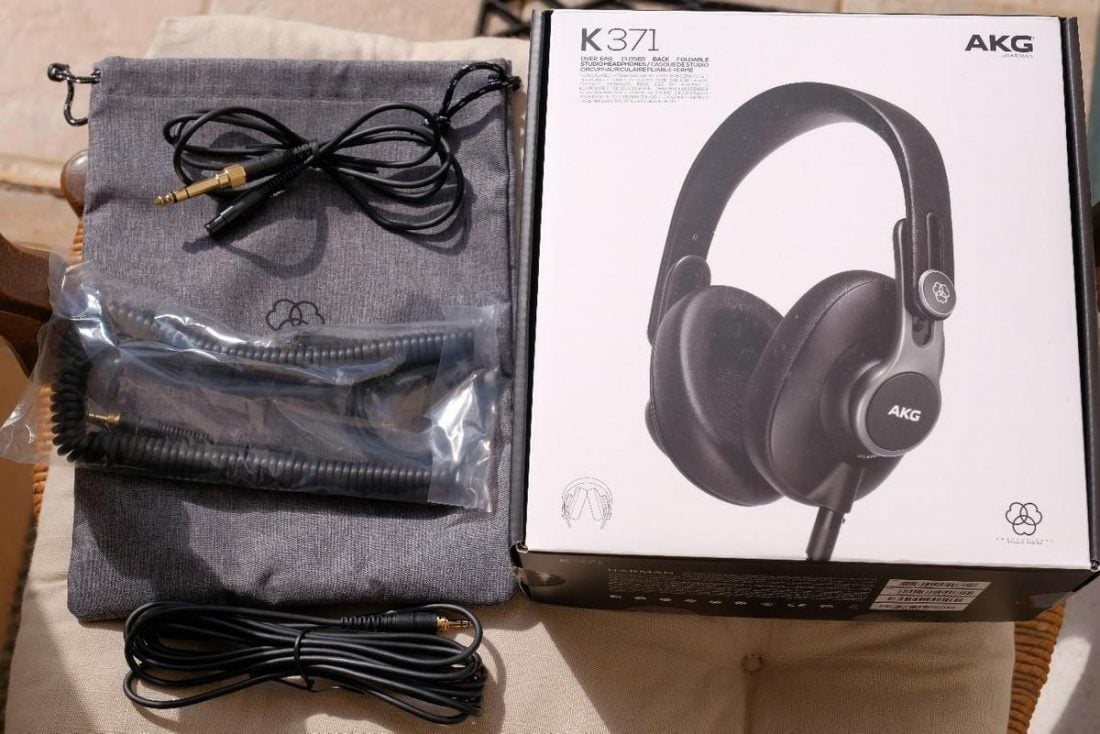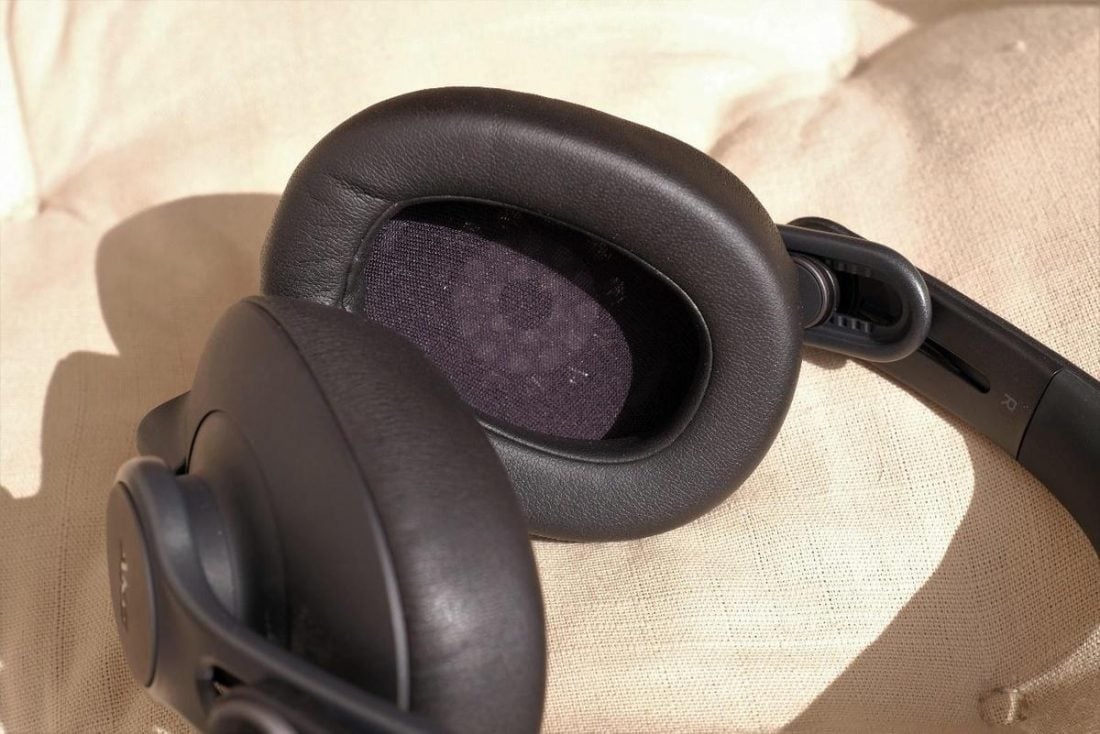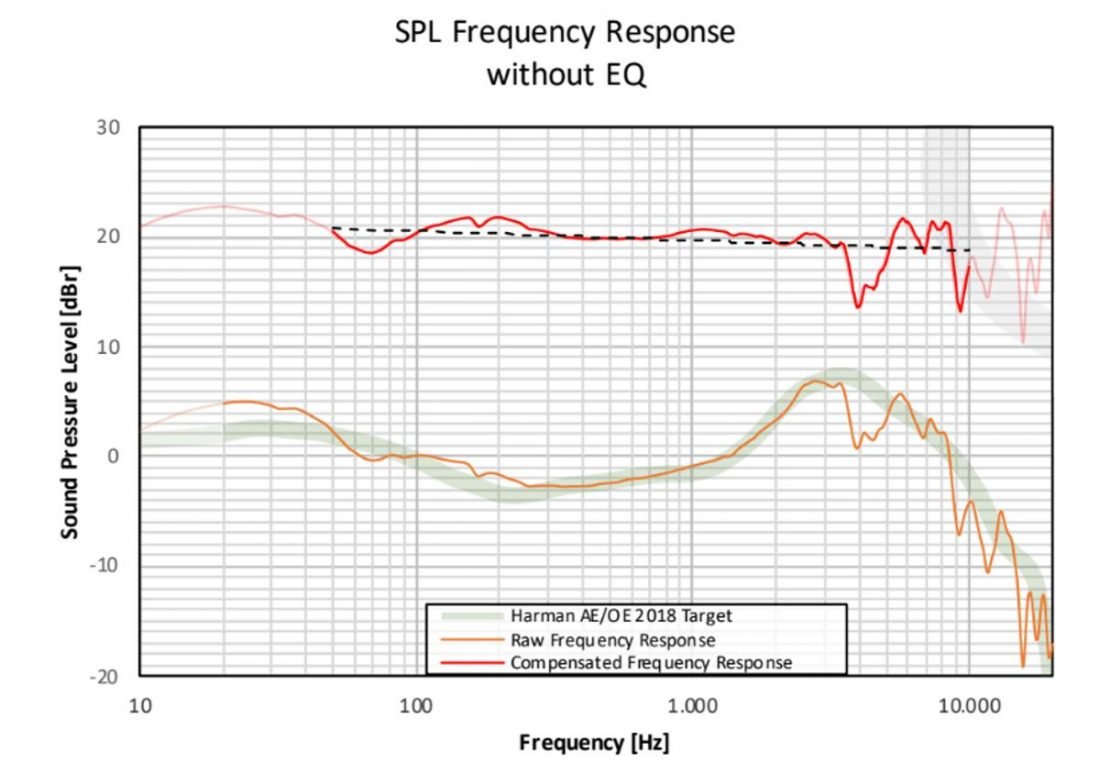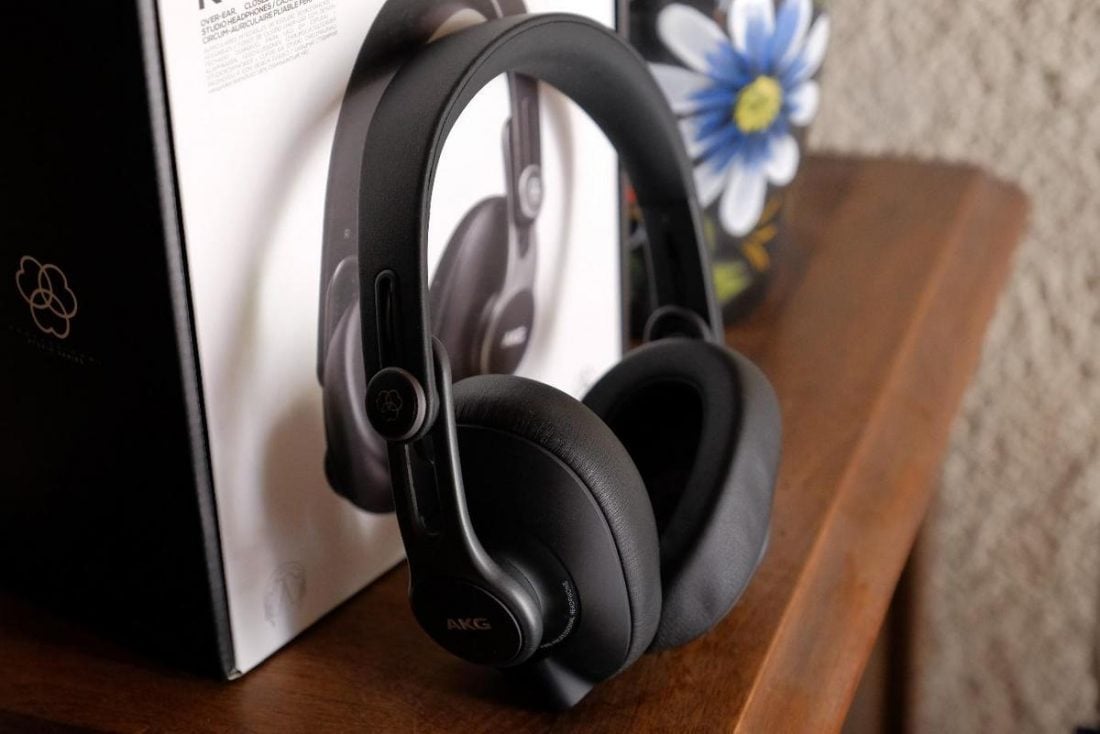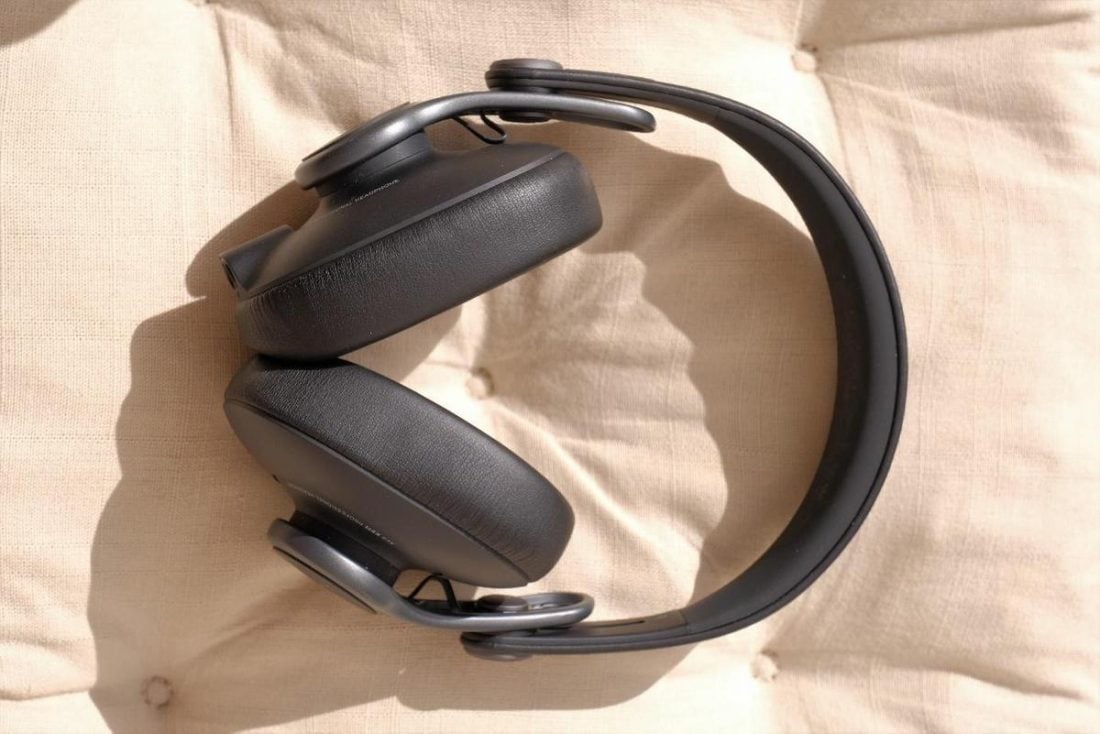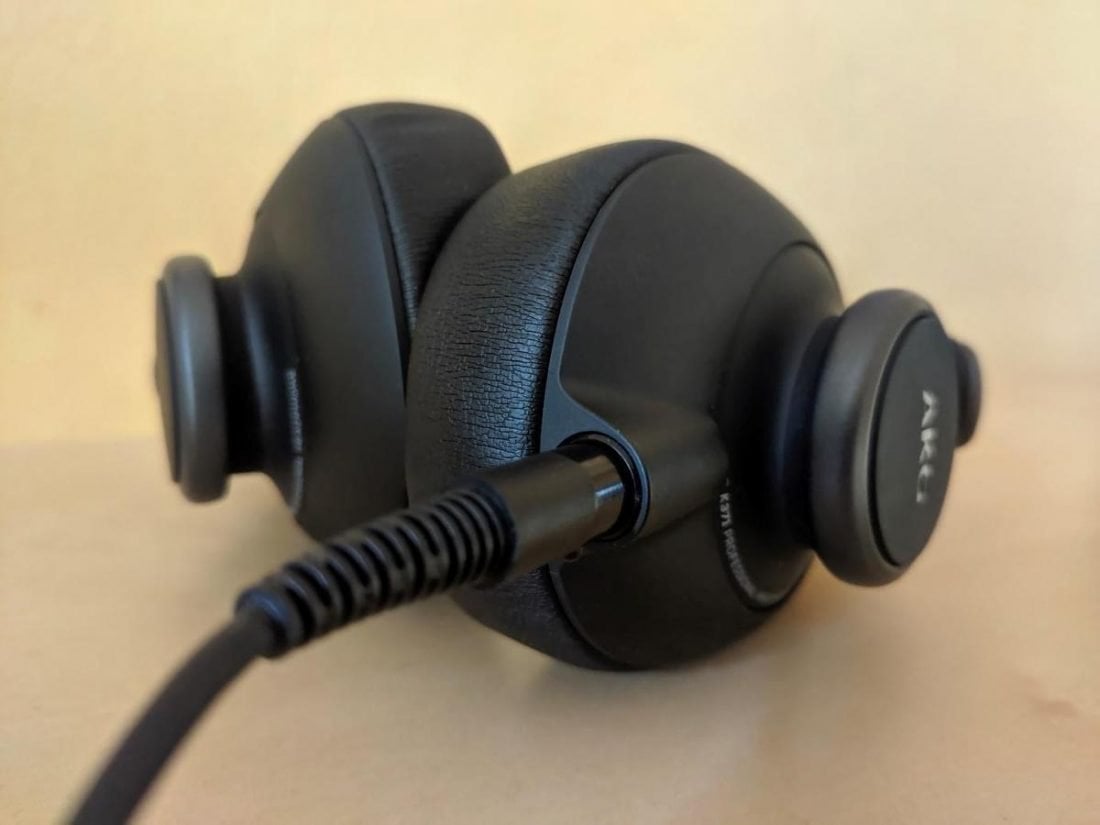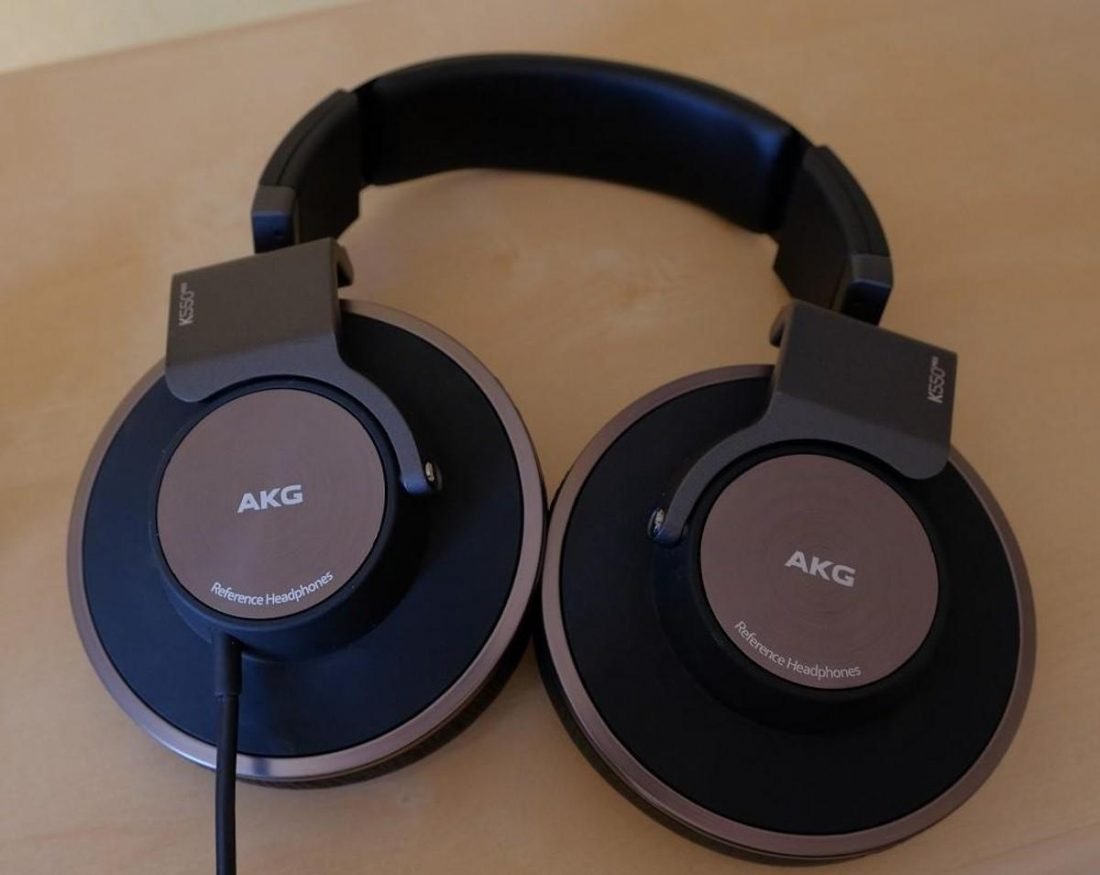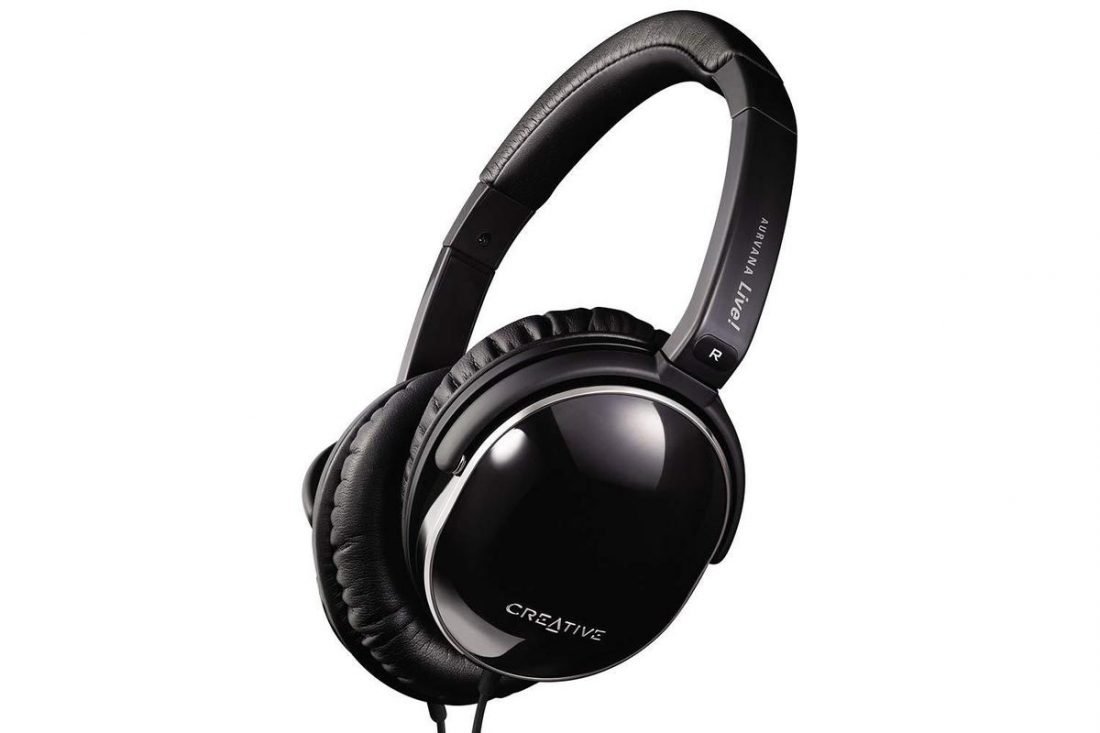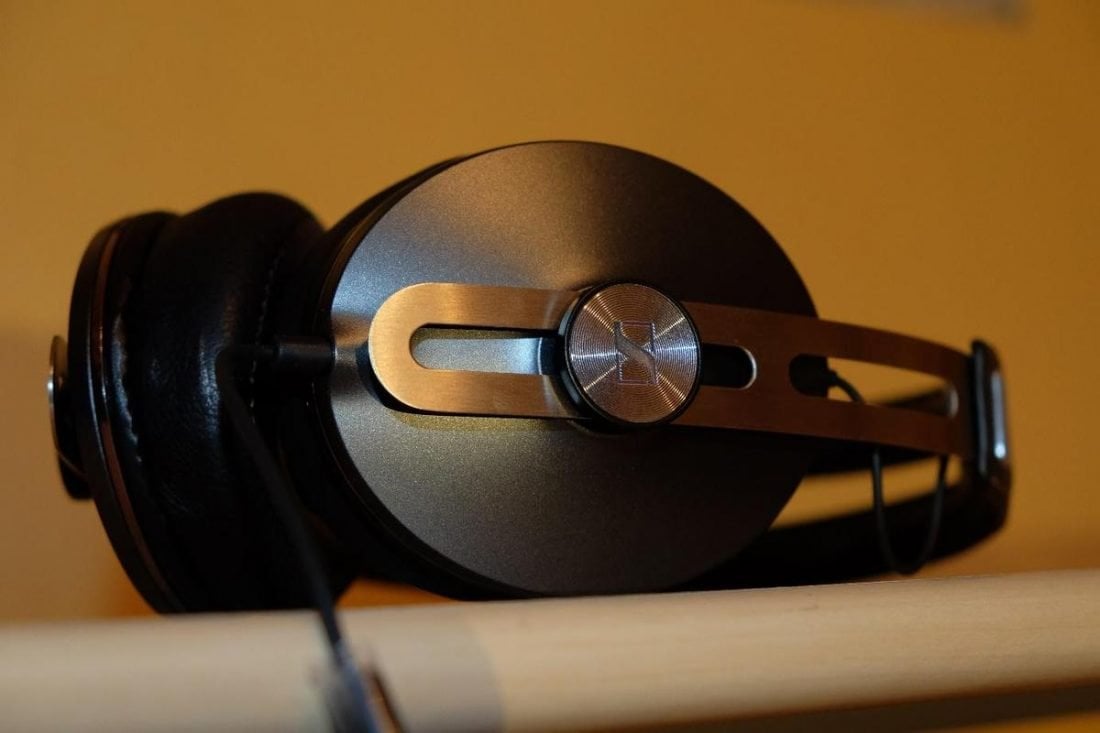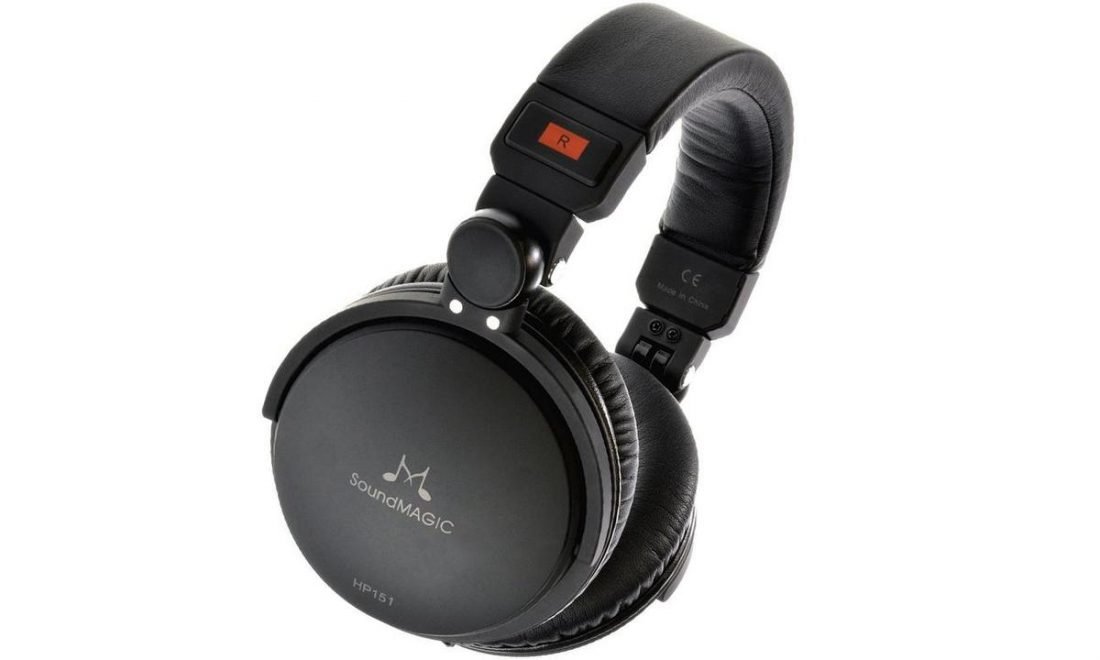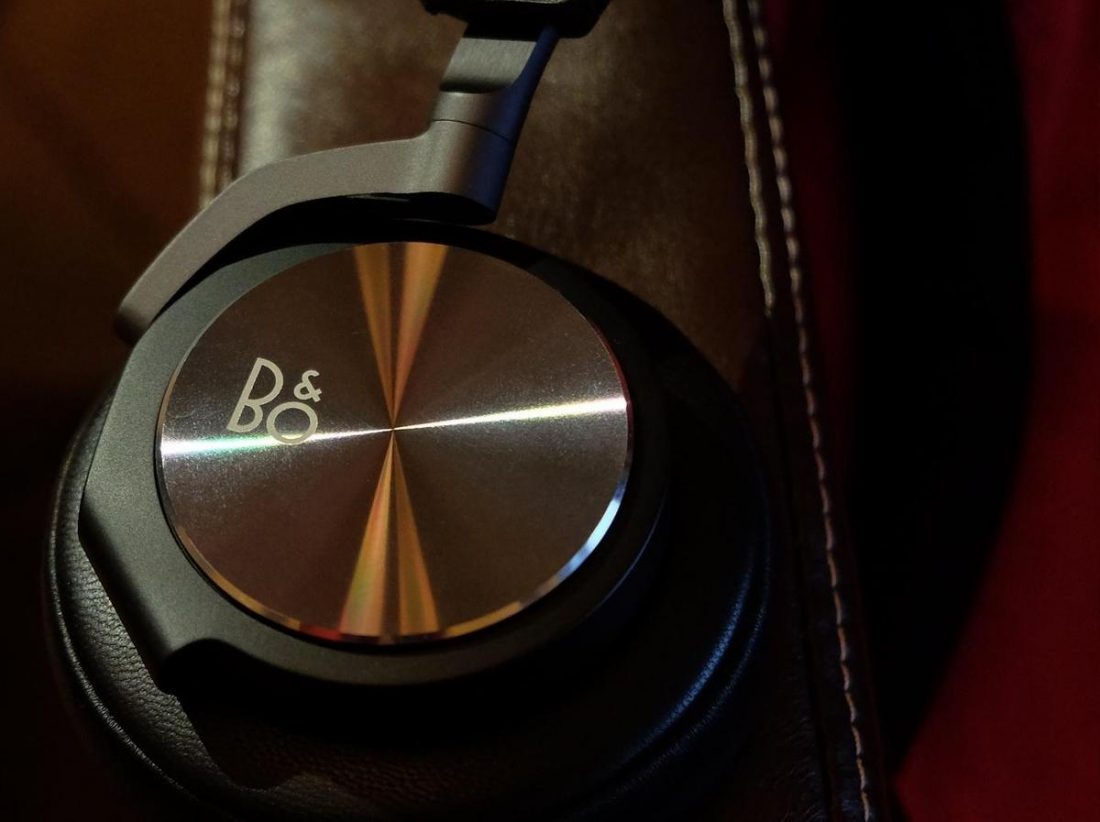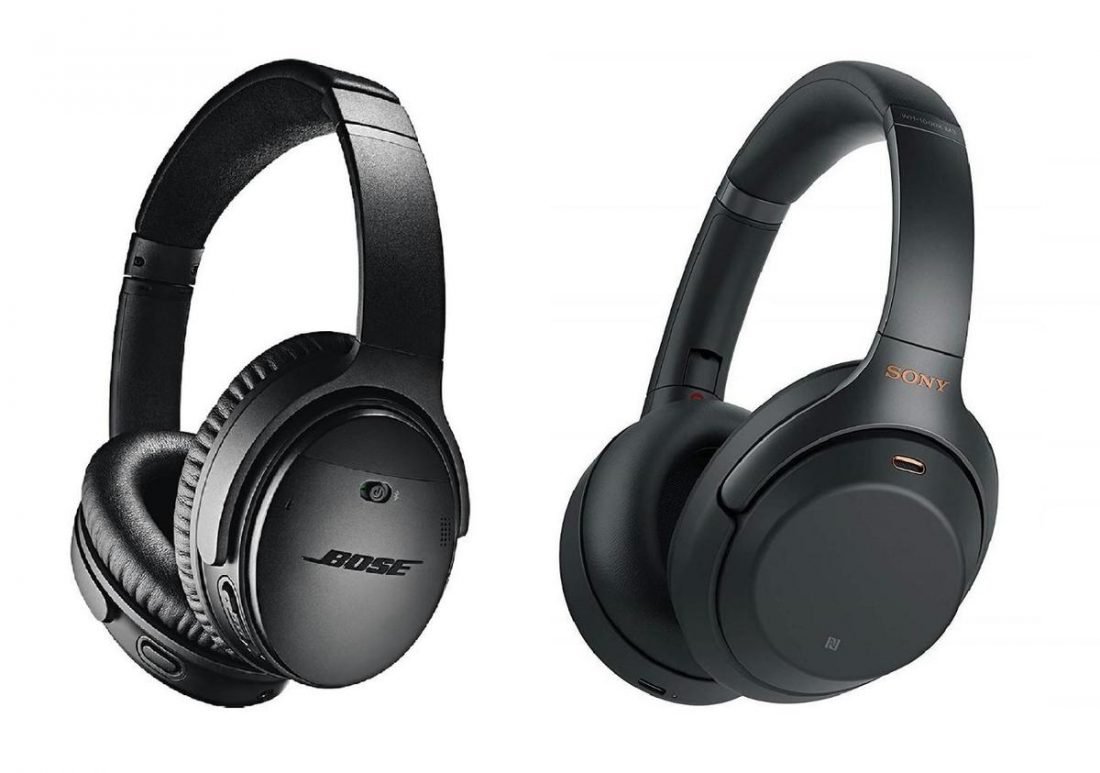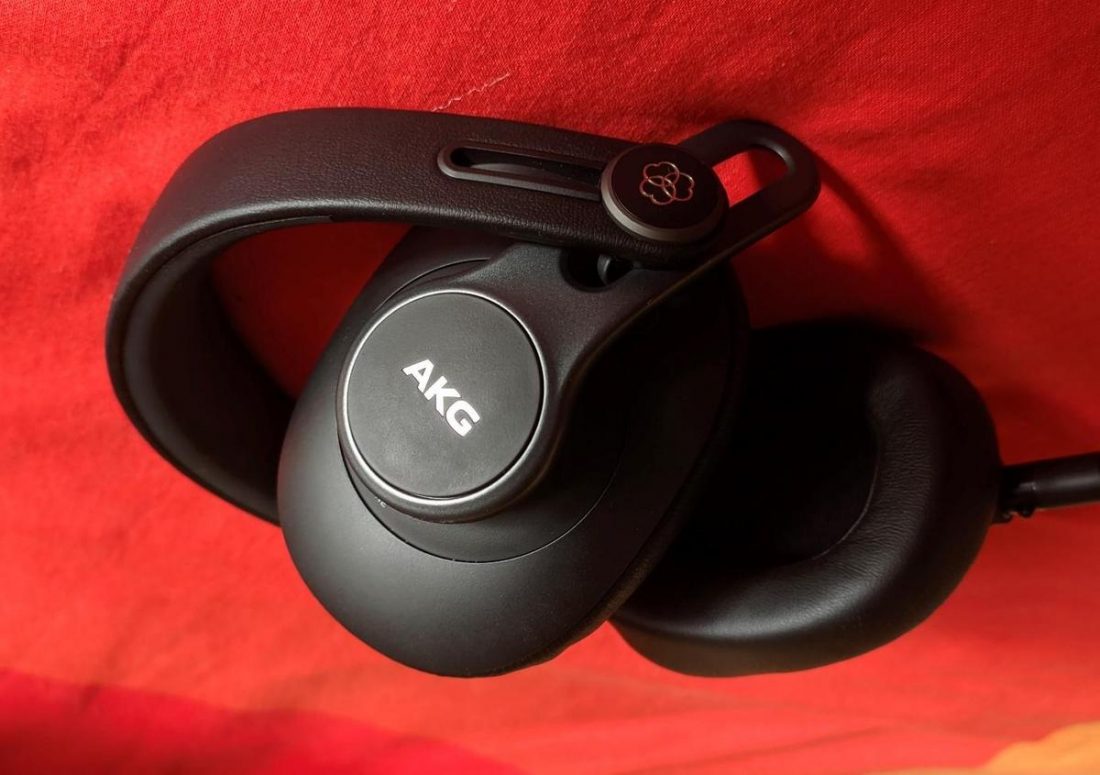The AKG K371 was released 2 months ago along with another AKG model, the K361. Both serve the same purpose: Efficient studio headphones with a focus on portability. The K361/K371 are the direct replacements of the now discontinued K550/K553 that were produced between 2012 and 2018. All of them share similar dynamic drivers.
Specifications
Type: Closed-back, over-ear Drivers: 50mm dynamic, titanium-coated Impedance: 32 Ohms Sensitivity: 114 dB/V Cable: Detachable, mini-XLR connectors
Build and Style
The K371 is quite different from the older AKG headphones. They have a totally new oval-shape design, compared to the usual round cups we see on the manufacturer’s other models.
Finish
The K371 is solidly built for the price. The cups have a matte coating and feel sturdy, along with the main yokes that rest between the cups and headband. The headband adjustment is pretty smooth and has a lot of room for larger heads. The cups fold, making the headphones very handy for use while travelling. The ear pads are made of synthetic leather, and they shouldn’t cause sweating, unless you are in hot weather. The cables are detachable, and the K371 uses a mini-XLR connection to the cups. This is one of the most common connectors in the headphone world, widely used by other brands and cable manufacturers.
Packaging
The K371 comes inside a rather basic cardboard box; Nothing too fancy to be expected for a product in the USD$149 range. Three cables are included, which is rather nice. All of them use a 3.5mm jack. 2 of the cables are straight; one is around 1.2m while the other is on the longer side, being 3m. The last cable is coiled; I sometimes use it when I’m sitting on my desk and need a little more stretch.
Comfort
I always have trouble getting good comfort with closed headphones. Very often, the headband does not offer enough padding, or the ear pads are too small (my ears aren’t very big). My scale indicates the headphones weigh 258g without cables, which is quite light compared to other closed headphones. The clamp is a tad on the high side, but the low weight compensates for that. The ear pads rest over-ear, but they don’t offer a lot of space. The length of both the ear pads is decent, but the width (around 3cm) could be problematic for larger ears. The depth is also minimal, and my ears slightly touch the driver enclosure. The headband has a nice amount of padding and will be comfortable for most people.
Sound
The measurements show a response very close to the 2018 Harman Target Curve, as seen on this plot from Oratory1990.
Bass
The bass response of the K371 is very pleasant, with an emphasis on the sub-bass rather than the mid-bass. I usually prefer this curve to mid-bass focused headphones, which tends to be tiring for my ears if the impact is too strong. There is a lift around 30-70 Hz that provides nice rumble, and since the mid-bass (around 70-120 Hz) is not elevated, each bass note of a song will not sound drowned, nor will it bleed into the mid-range. The bass could be better textured, as it sometimes lacks the nuance and detail I am hearing with more expensive headphones. These models, like the Audeze LCD-2 or Sennheiser HD800, render better low-end detail, but at its price, the K371 offers a solid bass response and will satisfy everyone.
Midrange
The curve in the mids is almost perfectly following the Harman Curve, with the exception of a dip around 4 kHz. The lower-mids are not emphasized past 200 Hz, preventing the K371 from sounding too full-bodied (because the sub-bass is already boosted). The upper-mids, around 1-3 kHz, might be a tad forward for some listeners, but I am personally quite satisfied with this tonality. Despite that good midrange response, I still hear a weird timbre, which seems to be very specific to AKG’s closed-back models. Instruments don’t sound as natural as they do in real life; It’s almost like there is a haze over the sound.
Treble
Very smooth and non-intrusive treble. The upper-midrange/lower-treble region (from 3 to 6 kHz) is moderately dipped, and for a good reason. This is the area where most instruments (and some female voices) can sound harsh and edgy. The mid-treble and upper-treble (6-10 kHz, and above 10 kHz) are slightly too recessed for my taste, but will please most people. I find the K371 to lack a bit of sparkle due to the recession in the 8-9 kHz range. The sense of air isn’t the greatest either, but this quality is hard to expect from sealed headphones, especially at this price.
Staging
They don’t sound as closed-in or as narrow as some other closed-back competitors, like the Audio-Technica ATH-M50X, but the soundstage width isn’t impressive. I would say they are similar to the Sennheiser HD6XX, which is known to be a bit narrow for an open-back. The K371 is not a winner when it comes to depth, either. The slightly forward upper midrange combined with the small ear pads isn’t going to improve the depth perception between different instruments.
Resolution
The K371 is not particularly impressive when it comes to detail and resolution. You will find some technicalities we expect in the $150-300 price range. They’re a bit more detailed than most of the direct competitors I will mention in the next section, especially in the bass and midrange. The highs, as mentioned previously, are rather smooth, but not overly analytical with details.
Comparisons
AKG K550 & K553
The K361 & K371 are the direct replacements of the K550 and K553. All models use the same driver, but the differences in enclosure, design, and ear pads are noticeable. The K550/553 are a bit wider sounding, probably because of the larger openings and cups. Resolution and details are very similar. However, tonal balance is a bit improved with the K371. It’s a warmer tonality with stronger sub-bass, less upper-midrange and treble emphasis. The K550/553 could sometimes sound a bit uneven in the treble section of the EQ. Comfort is also a leap forward, as I don’t have any pressure on my ears when wearing them. The headband has a bit more padding than the previous models.
Creative Aurvana Live!
Usually called the “CAL”, the Aurvana Live! has been sold by Creative since 2008, and were originally designed by Foster– the parent company of Fostex. The CAL uses bio-cellulose diaphragms in their drivers; they sound remarkable for their price and have solid dynamics. The 371 is a better option for portability between the robust build and the removable cable. The 371 provides better isolation as well. I would prefer the AKGs in tonality, as they slam harder in the sub-bass and are smoother in the treble. But the Creative Aurvana Live! also deliver solid sound, easily one of the best under USD$150.
Sennheiser Momentum 2.0
The Momentum 2.0 was a big success a few years ago, following the first version. It also came out in a Bluetooth variant. Although the design and build are appealing, I can’t really recommend the Momentum 2.0 as I simply find them to be a poor value. They are a bit muffled sounding, lacking some treble extension and sparkle. Along with this, they sound very closed-in and compressed. I did enjoy their midrange tonality, but the K371 is a totally superior offer in comfort and sound; They have harder hitting sub-bass, more refined treble, and much more comfortable ear pads.
Soundmagic HP151
The Soundmagic HP151 (following the HP100 and H150) are not very well known Chinese sealed headphones, and I think they are one of the better alternatives under USD$150 if one is looking for a decent set of closed-back headphones. They are quite nice, but a bit on the bright side, with an elevated mid-treble peak and thin midrange. They are rather open sounding with decent staging. Unfortunately, they suffer from a poor build and the headband yokes often crack. The K371 feel sturdier and, again, has the edge when it comes to tonal balance.
Bang & Olufsen H6
The Bang & Olufsen Beoplay H6 is another decent closed-back option in the sub-USD$200 price range. Unfortunately, they have been discontinued by B&O in favor of a worse model. The tonality wasn’t so balanced, with a dip in the upper-bass and recessed upper-midrange, but the enjoyment they gave to me made up for the poor frequency response. Comfort is decent, as is isolation. The K371 offer a better and warmer balance, and comes with a carrying pouch– an important accessory the H6 was missing. I would give the H6 the upper hand when it comes to looks, though.
Bluetooth headphones (Bose QC35 II and Sony WH-1000XM3)
These Active Noise Cancelling headphones are targeted for a different market, but they can work as fully closed-back headphones. The QC35 II and WH-1000XM3 offer totally superior isolation. They work well in noisy environments and for travelling. But if you don’t need extreme isolation or the wireless feature, I would recommend the K371 for the improved sound quality. All three headphones are on the warmer side of neutral, but the K371 has the most carefully tuned balance and strongest technicalities.
Summary
Compared to the best open-back headphones below $200-300, most closed headphones have major shortcomings; usually poor isolation, disappointing sound, or inconvenient bulkiness. The K371 doesn’t have any of these issues.
